
With the highest HIV incidence rate in this part of the country, the need to get people from diagnosis to timely antiretroviral therapy (ART) remains an urgent need.

With the highest HIV incidence rate in this part of the country, the need to get people from diagnosis to timely antiretroviral therapy (ART) remains an urgent need.

New research from the Emerman Lab at Fred Hutchinson shows potential for advancing HIV-1 life cycle understanding.

Presented at CROI, investigators have identified sex-modified inflammatory predictors of cardiovascular and VTE risks among patients with HIV.

Merck has developed its investigational islatravir subdermal implant for prevention of HIV infection, and it is going to be studied for a long-term delivery of up to 1 year.

14 weeks of oral alendronate taken prior to ART had a sustained impact on prevention of bone loss at the hip.

Increased hospitalization risk was driven mainly by the high burden of comorbidities in both groups.

Change was associated with risk factors that have not been reported like chronic lung disease.

Merck’s islatravir subdermal implant demonstrated it achieved active drug concentrations above the pre-specified pharmacokinetics (pk) threshold at 12 weeks across three doses.

People with HIV had similar control of most conditions except for triglycerides.

A poster presented at CROI 2020 examined rates of TB screening among people living with HIV in PEPFAR supported countries.

Patients facing HIV stigma may encounter difficulties with retention in care.
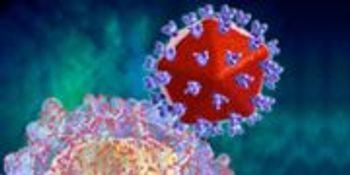
George Hanna, MD, vice president and therapeutic head of infectious diseases at Merck Laboratories, discusses data from CROI 2020 on islatravir.

An antibody gene delivered by a harmless virus produced anti-HIV antibodies for a sustained period.
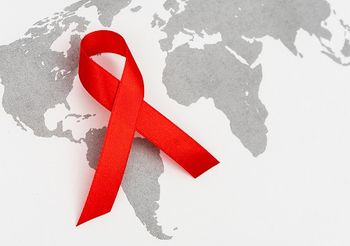
Higher HIV incidence is associated with higher viral burden, according to results from the PopART trial presented at CROI 2020.

A poster on antiviral PEP safety and tolerability was presented at CROI 2020.

A new study examining the reasons for suboptimal PrEP use among MSM was presented at CROI 2020.
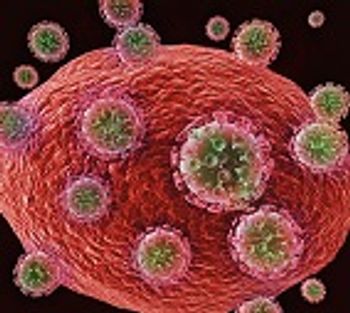
Data from clinical and preclinical studies on the use of the investigational HIV-1 capsid inhibitor GS-6207 were presented via 3 posters at CROI 2020.

Unaddressed mental health challenges among youth living with HIV complicate antiretroviral therapy (ART) adherence, leading to high mortality and lower rates of viral suppression among this population.

Contagion® spoke to Onyema Ogbuagu, MD, who presented the week 96 results from the DISCOVER study evaluating F/TAF and F/TDF.
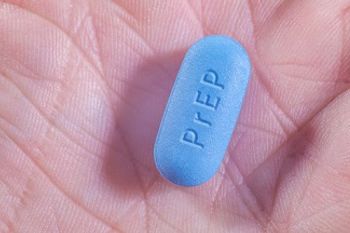
There was a statistically significant difference in renal safety which favored F/TAF over F/TDF at Week 96.

The rate of viral suppression among US youth aged 13 to 24 with HIV (YWH) hovers between 12 and 26%, representing an important clinical and public health challenge.

The time is now to put in place comprehensive action plans now to monitor, detect, and respond to treatment failure on dolutegravir.

The abstract authors report that both HIV viral load in plasma and proviral HIV DNA in CD4 cells have remained below levels of detection for up to 30 months.
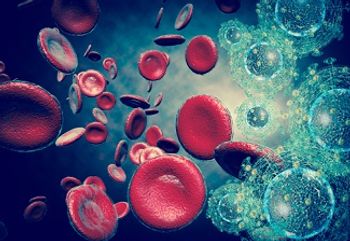
Reducing barriers to care is paramount for people living with HIV and one such barrier in some countries, such as Zimbabwe, is high treatment loads that affect health system efficiency.

Women living with HIV who are on an antiretroviral therapy regimen of dolutegravir experienced persistently higher weight postpartum compared with women on efavirenz in Botswana.

“There are structural drivers that are impeding prevention and treatment among people who inject drugs,” Strathdee said in an interview with Contagion®.

For African men living with HIV who are not virally suppressed, community-based antiretroviral therapy (ART) significantly increased viral suppression compared with clinic-based ART.

New Week 96 data from the FLAIR study indicate that once-monthly injections of cabotegravir and rilpivirine remains non-inferior and safe when compared with the daily, oral 3-drug regimen of ABC/DTG/3TC.

A team of investigators hypothesized that prevalent syphilis infection in women with and without HIV may be a way to identify individuals who are at an elevated risk of a stillbirth over time.

Despite the high level of knowledge surrounding immediate initiation of ART, the practice is not yet the standard of care across clinics in NYC.